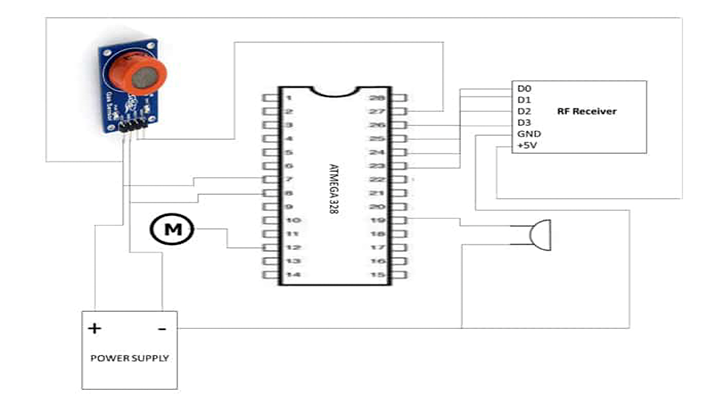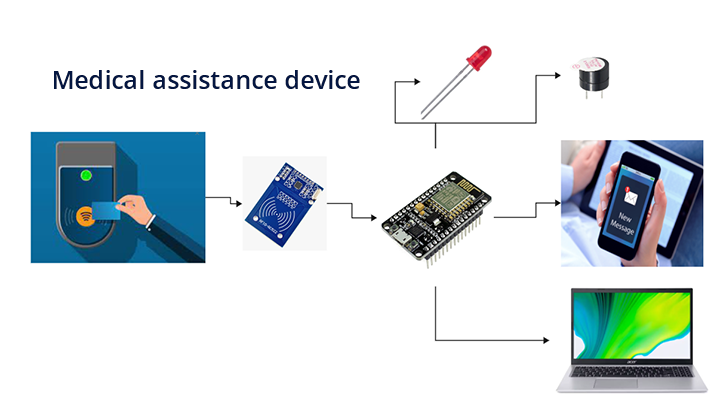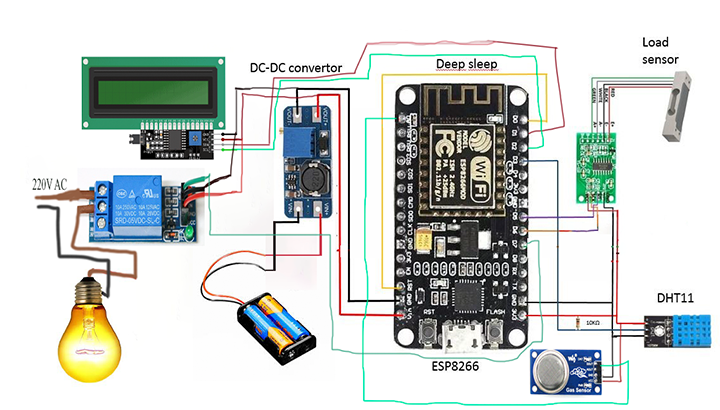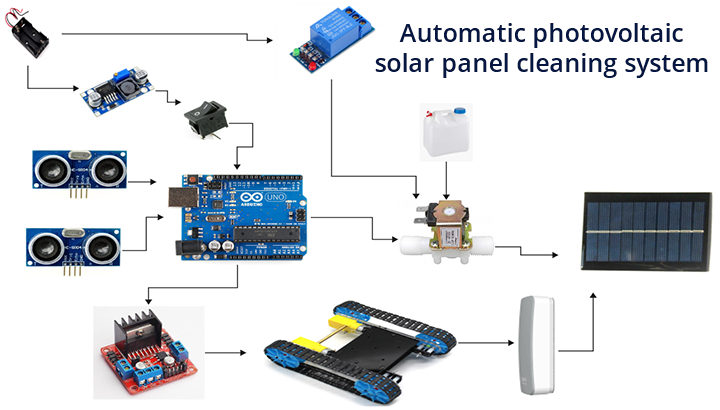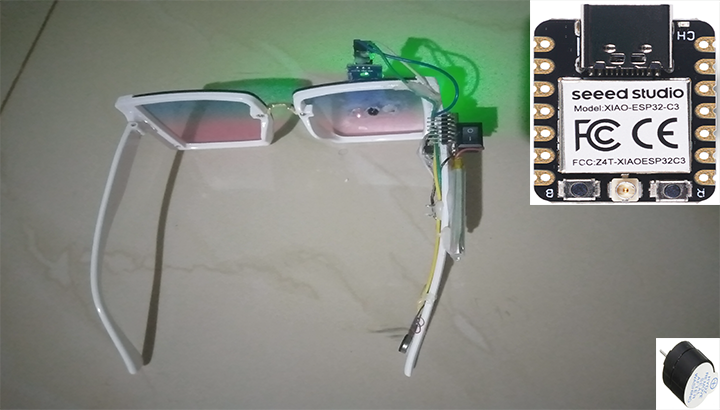Smart Noise Control System for Educational and Office Environments
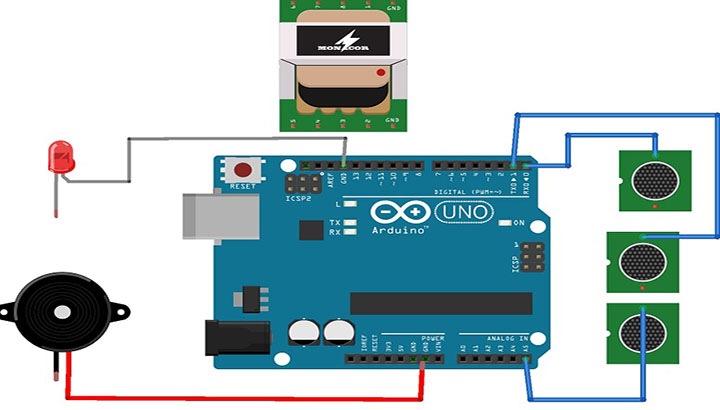
Noise pollution is a significant yet often overlooked environmental issue, impacting millions of people daily. Common health problems resulting from noise pollution include hearing loss, high blood pressure, heart diseases, sleep disturbances, stress, and headaches. The challenge in mitigating noise pollution lies in its detection and the subsequent silencing of the noise source, a task that is impractical to perform manually.
This project proposes an automatic noise pollution measurement and silencing system designed for use in environments such as schools, colleges, libraries, and offices. The system detects noise levels in real-time and automatically triggers alerts when the noise exceeds predefined thresholds, thereby facilitating noise control.
Key features of the system include:
- Automatic detection of noise levels.
- Real-time display of current noise levels.
- Automated alerts if noise levels exceed set thresholds.
- Customizable noise level settings based on specific requirements of the facility.
The system utilizes an array of microphones to accurately measure noise levels in three directions. An Arduino-based controller processes the noise data from these microphones continuously. Users can set the maximum allowed noise levels using the display and buttons on the device. When noise levels remain below the set threshold, the system status is indicated as green. If the noise exceeds the threshold, the system triggers a buzzer alert and displays a message, prompting individuals to reduce noise levels. The alert persists until the noise returns to acceptable levels, upon which the system reverts to green status.
While this project employs an Arduino controller, it can also be enhanced by using an ESP8266 module to send data online for remote monitoring and control. Alternatively, integrating a GSM module with the Arduino can enable SMS notifications for noise level alerts, further expanding the system's versatility and application in various settings.
This innovative solution provides an effective and automated approach to managing noise pollution, ensuring a quieter and healthier environment in various settings.
Related project idea for free
Controlling Drunk Driving and Speeding Using RF and Alcohol Detection Sensor Technology
This proposed system attempts to address the flaws of the current system by employing cutting-edge technology to prevent road accidents caused by speeding and intoxicated driving. The system includes an RF module, a MQ3 alcohol sensor, and a microcontroller that measures the vehicle's speed as w...
Read more>>IoT-based Medi-WebCPD medical assistance device
The IoT-based Medi-WebCPD device revolutionizes the healthcare industry by leveraging Internet of Things (IoT) technology to enable seamless communication between patients and doctors. This innovative device eliminates the need for physical visits or phone calls, providing instant and secure communi...
Read more>>IOT based food grain warehouse monitoring
This project entitled ''IOT BASED FOOD GRAIN MONITORING''. In this project, a NodeMCU microcontroller is integrated with multiple sensors, including a gas sensor, DHT sensor, and two load cell sensors, as well as control for air conditioning and heating systems. The NodeMCU monitors temperature a...
Read more>>Automatic photovoltaic solar panel cleaning system
This report is a product of project entitled "Automatic photovoltaic solar panel cleaning system" The aim of this project is to design an innovative cleaning solution for photovoltaic solar panels in solar power plants. The accumulation of dust and debris on solar cells significantly reduces the eff...
Read more>>ANTI-SLEEP SYSTEM FOR VEHICLE DRIVER BASED ON SEEED STUDIO XIAO ESP32C3
Drivers who are drowsy or tired present a serious danger to other drivers on the road because they are less vigilant and are more likely to fall asleep at the wheel. The lack of an effective real-time system that can consistently identify warning signs of driver fatigue and quickly issue alarms to p...
Read more>>
